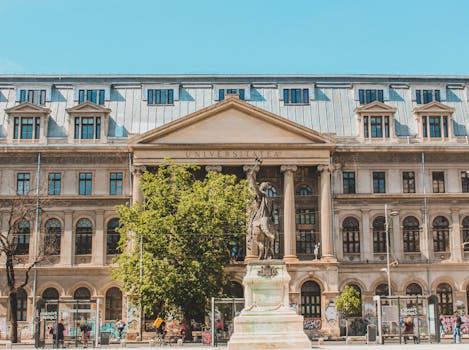Urban Green Spaces: The Future of Outdoor Living in European Cities by 2025
Introduction to Urban Green Spaces
Urban Green Spaces: The Future of Outdoor Living in European Cities by 2025 is a concept that has gained significant attention in recent years. As the world becomes increasingly urbanized, the need for green spaces in cities has never been more pressing. Urban green spaces refer to areas of vegetation, water, and other environmental features within urban environments. These spaces provide numerous benefits to both the environment and human health, including mitigating the urban heat island effect, reducing air pollution, and promoting physical activity.
The Importance of Urban Green Spaces in European Cities
European cities are at the forefront of incorporating urban green spaces into their urban planning strategies. Cities such as Copenhagen, Stockholm, and Amsterdam have already made significant investments in green infrastructure, recognizing the numerous benefits it provides to citizens. Urban green spaces in European cities are not only aesthetically pleasing but also play a crucial role in reducing the environmental impact of urbanization. By 2025, it is expected that European cities will continue to prioritize the development of urban green spaces, incorporating innovative designs and technologies to maximize their benefits.
Benefits of Urban Green Spaces
The benefits of urban green spaces are numerous and well-documented. Some of the most significant advantages include:
- Improved air quality: Urban green spaces help to reduce air pollution by absorbing pollutants and producing oxygen.
- Mitigated urban heat island effect: Green spaces can reduce the temperature in urban areas, making them more comfortable and reducing the risk of heat-related illnesses.
- Promoted physical activity: Urban green spaces provide opportunities for outdoor recreation, promoting physical activity and reducing the risk of chronic diseases.
- Enhanced mental health: Exposure to nature has been shown to have a positive impact on mental health, reducing stress and anxiety.
Challenges and Opportunities for Urban Green Spaces in European Cities
Despite the numerous benefits of urban green spaces, there are also challenges and opportunities that need to be addressed. Some of the key challenges include:
- Funding: Developing and maintaining urban green spaces requires significant investment, which can be a challenge for cities with limited budgets.
- Space: Urban areas are often densely populated, making it difficult to find suitable locations for green spaces.
- Climate change: Urban green spaces are vulnerable to the impacts of climate change, including increased temperatures and changing precipitation patterns.
However, these challenges also present opportunities for innovation and creativity. By 2025, it is expected that European cities will have developed new and innovative solutions to these challenges, incorporating technologies such as green roofs, urban forestry, and smart park design.
Conclusion
Urban Green Spaces: The Future of Outdoor Living in European Cities by 2025 is a concept that has the potential to transform the way we live and interact with our urban environments. By prioritizing the development of green spaces, European cities can create healthier, more sustainable, and more livable communities. As we look to the future, it is essential that we continue to invest in and prioritize urban green spaces, ensuring that they remain a vital component of our urban ecosystems.



